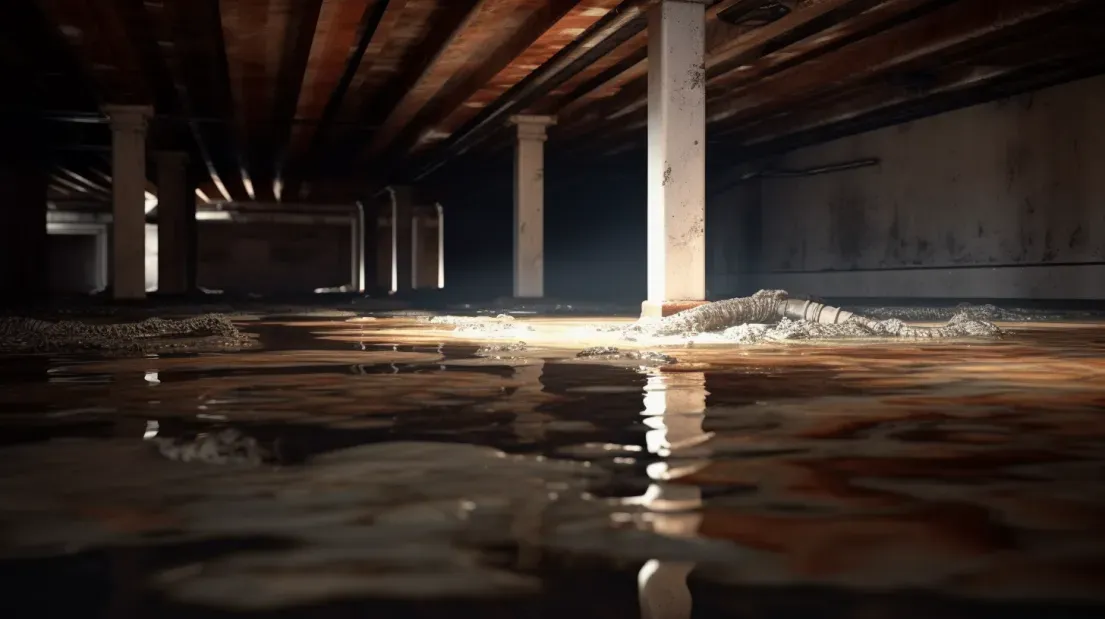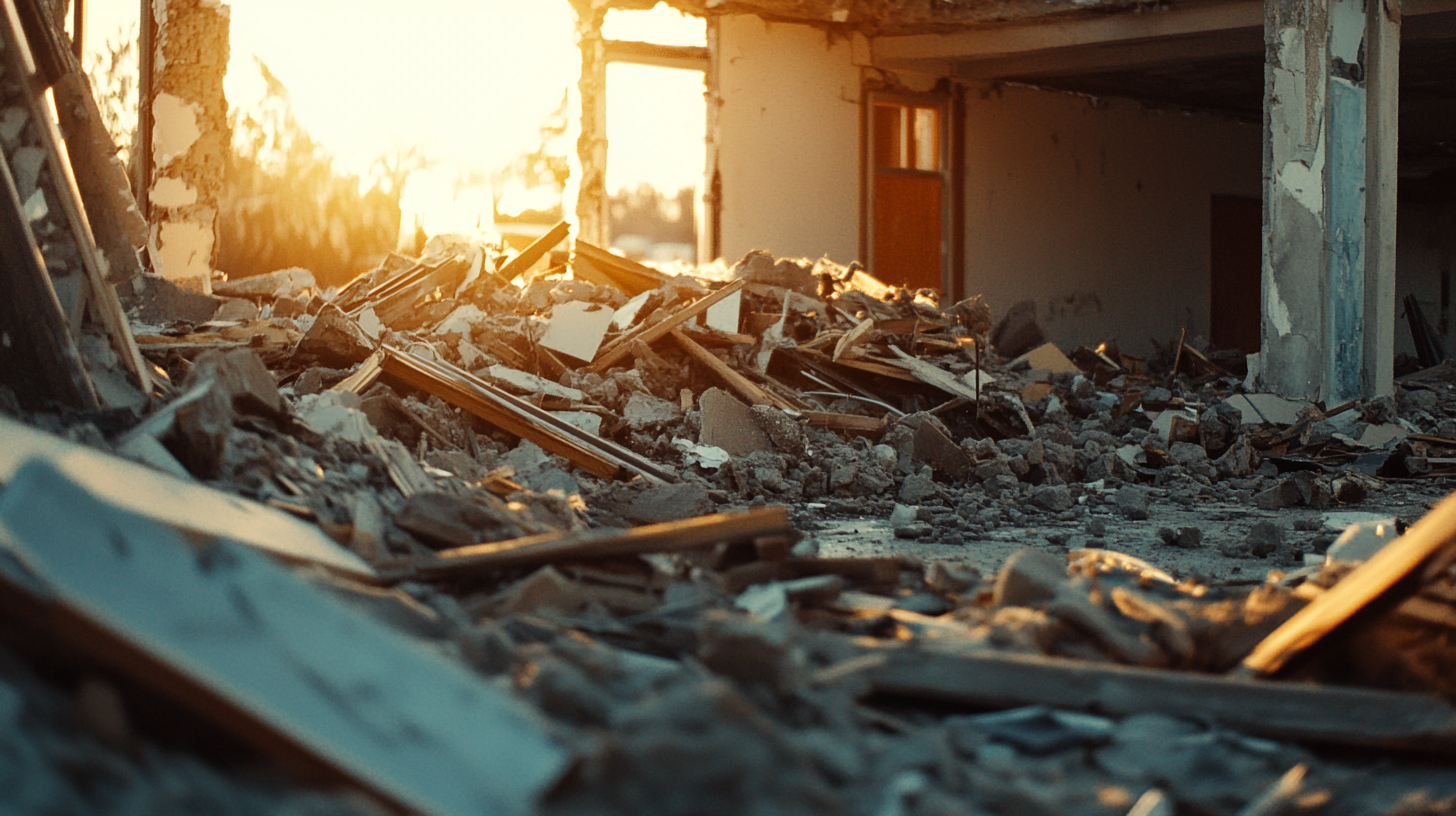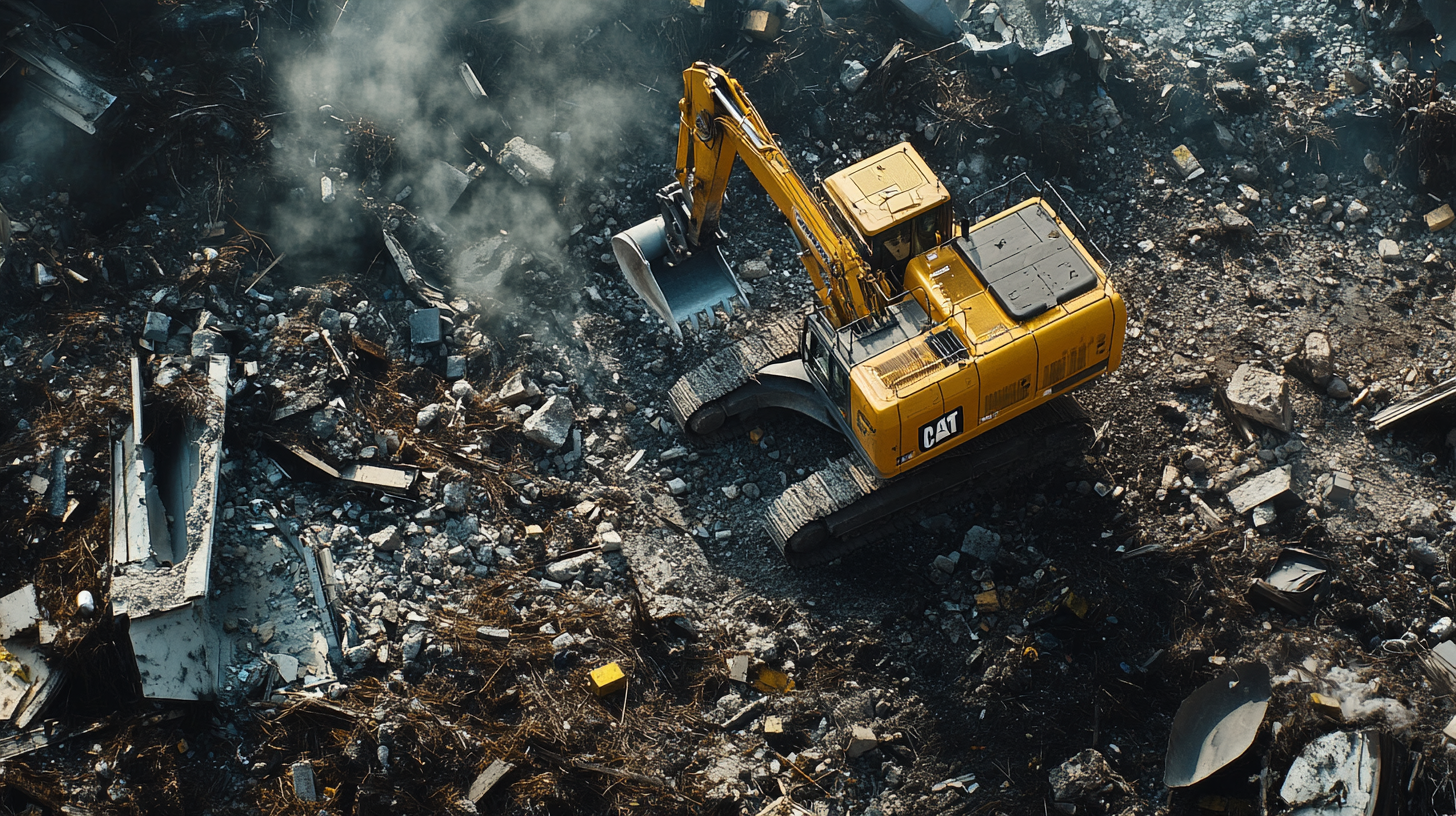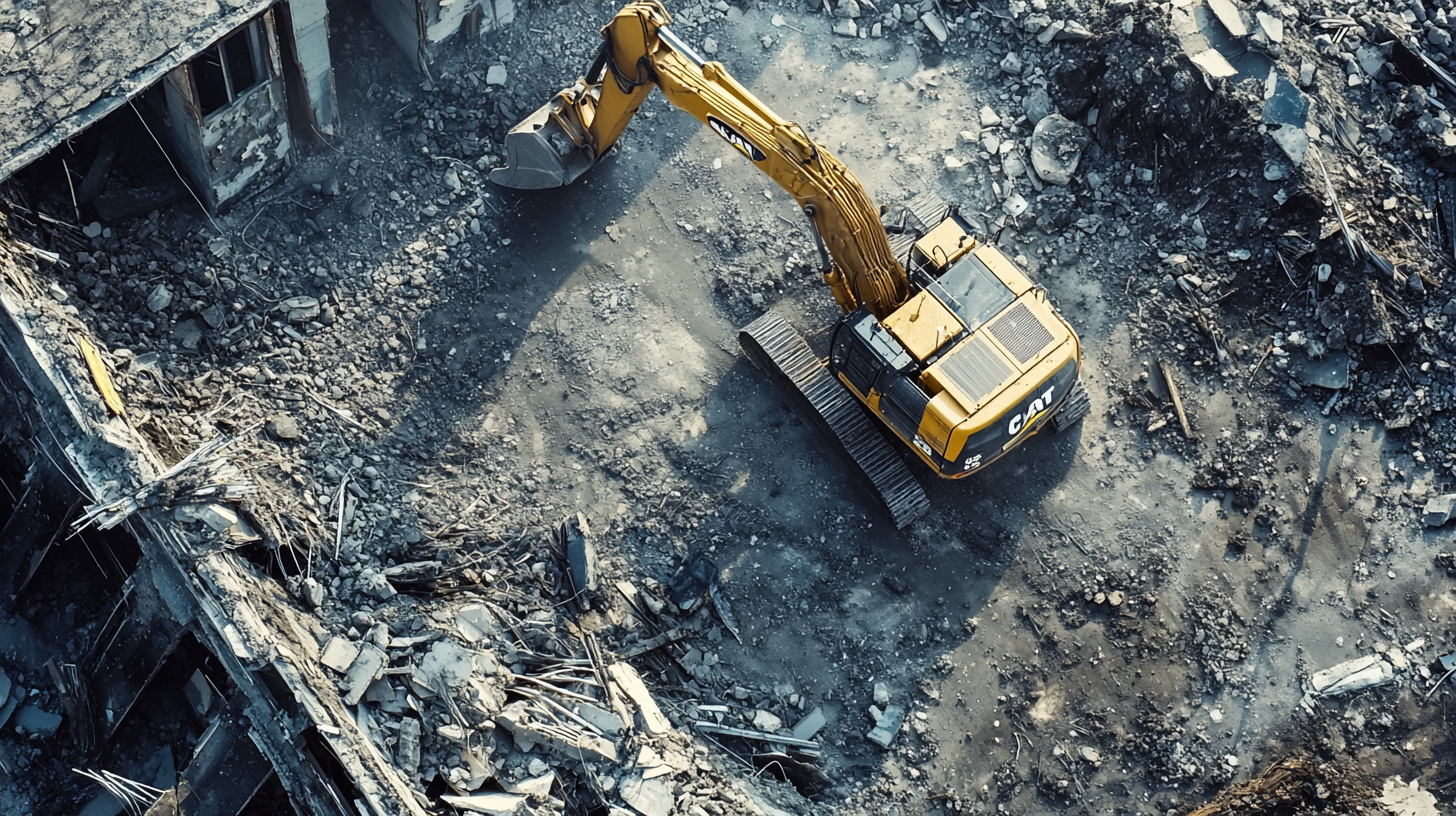
In any construction or renovation project, the consideration of weather conditions is paramount. According to the guidelines and principles outlined in the document, overlooking this critical factor can lead to significant setbacks and compromised results. Weather impacts every phase of construction, from surface preparation to the application and curing of materials.
Ensuring Optimal Conditions
Weather conditions directly influence the quality and durability of construction materials and coatings. For instance, temperature and humidity levels must be within specific ranges to ensure proper adhesion and curing of paints, sealants, and moisture barriers. Excessive moisture or extreme temperatures can hinder the effectiveness of these materials, leading to premature failures and increased maintenance costs.
Preventing Delays and Damage
Planning around weather conditions helps in avoiding delays and preventing potential damage. Rain, snow, and high winds can disrupt schedules, damage materials, and compromise the safety of the worksite. By anticipating weather-related challenges and adjusting the project timeline accordingly, construction professionals can maintain efficiency and ensure safety.
Enhancing Long-term Performance
Considering weather conditions during the planning and execution phases contributes to the long-term performance of the project. Properly cured and applied materials under optimal weather conditions are more resilient and perform better under various environmental stresses. This foresight results in more durable constructions that require less frequent repairs and provide better protection against the elements.
In conclusion, integrating weather considerations into construction planning is not just about avoiding immediate inconveniences; it is about ensuring the success, safety, and longevity of the project. Adhering to the outlined guidelines and principles helps in achieving optimal results, making weather awareness an indispensable aspect of effective construction management.
Weather Conditions and Their Effects
Temperature
Optimal Temperature Ranges for Installation
For successful installation of coatings and moisture barriers, maintaining optimal temperature ranges is crucial. According to the guidelines, most products have specific temperature requirements that ensure proper adhesion and curing. Typically, the ideal temperature range is between 50°F and 85°F (10°C to 29°C). Within this range, materials behave predictably, allowing for consistent application and performance.
Effects of Extreme Heat or Cold on Materials
Extreme temperatures can significantly impact the effectiveness of construction materials:
- Extreme Heat: High temperatures can cause materials to dry too quickly, leading to improper curing and reduced adhesion. This can result in cracking, bubbling, or peeling of the coating.
- Extreme Cold: Low temperatures can slow down the curing process or prevent materials from setting properly. This can lead to brittle and fragile coatings that do not provide adequate protection.
Humidity
Impact of High Humidity on Adhesion and Curing
Humidity levels also play a critical role in the performance of construction materials. High humidity can adversely affect adhesion and curing:
- Adhesion Issues: Moisture in the air can condense on surfaces, creating a barrier between the substrate and the coating. This can prevent proper bonding and lead to delamination or blistering.
- Curing Delays: High humidity slows down the evaporation of solvents in coatings, extending the curing time. This can delay project timelines and affect the overall quality of the finish.
Challenges in Low Humidity Environments
Conversely, low humidity environments present their own challenges:
- Rapid Drying: In very dry conditions, materials can dry too quickly, making them difficult to apply evenly. This can result in a patchy or uneven finish.
- Static Electricity: Low humidity can increase static electricity, which can attract dust and contaminants to the surface, affecting the quality of the application.
Precipitation
Risks of Installing During Rain or Snow
Precipitation poses significant risks during the installation of coatings and barriers:
- Water Damage: Rain or snow can introduce moisture to the substrate, compromising adhesion and leading to potential failure of the coating.
- Application Issues: Wet conditions can make it difficult to apply materials smoothly and evenly, resulting in an inferior finish and reduced protective qualities.
Necessary Precautions to Take
To mitigate the risks associated with precipitation, several precautions are recommended:
- Weather Monitoring: Constantly monitor weather forecasts to avoid scheduling work during rainy or snowy conditions.
- Protective Coverings: Use tarps, tents, or other protective coverings to shield the work area from precipitation.
- Proper Scheduling: Plan installations during dry weather and allow adequate drying time between coats to ensure optimal performance.
In summary, understanding and adapting to weather conditions is crucial for the successful application of coatings and moisture barriers. By adhering to the outlined guidelines and principles, construction professionals can ensure that their projects achieve the desired durability and performance, regardless of environmental challenges.
Understanding Moisture Barriers
Definition and Purpose
What are Moisture Barriers?
Moisture barriers are essential components in construction designed to prevent the infiltration of water and moisture into buildings. These barriers play a crucial role in maintaining the structural integrity and durability of various construction materials by blocking moisture that can cause damage over time.
Importance in Protecting Buildings from Moisture
The primary purpose of moisture barriers is to protect buildings from the adverse effects of moisture. Moisture can lead to a range of issues including mold growth, wood rot, metal corrosion, and overall deterioration of building materials. By preventing water ingress, moisture barriers help in maintaining the health, safety, and longevity of the structure. They are especially critical in areas prone to high humidity, heavy rainfall, or where groundwater is an issue.
Types of Moisture Barriers
Sheet Membranes
Sheet membranes are pre-fabricated sheets made from materials like rubber, plastic, or bitumen. They are applied to surfaces to form a continuous barrier that prevents water penetration. These membranes are known for their durability and ability to cover large areas efficiently. They are typically used in foundations, roofs, and other areas where a robust waterproofing solution is required.
Liquid-Applied Membranes
Liquid-applied membranes are coatings that are applied in a liquid state and then cure to form a seamless, flexible, and continuous barrier. These membranes can adapt to complex shapes and penetrate small cracks and joints, providing excellent waterproofing. They are ideal for applications where traditional sheet membranes are impractical, such as in irregularly shaped areas or for detailed work.
Self-Adhered Membranes
Self-adhered membranes are peel-and-stick products that come with an adhesive backing. These membranes are easy to apply and create a strong bond with the substrate, forming an effective moisture barrier. They are particularly useful for detailed or intricate areas where precision and a tight seal are necessary. Self-adhered membranes are commonly used in roofing applications, around windows, and doors to prevent water ingress.
In summary, moisture barriers are vital in protecting buildings from moisture-related damage. Understanding the different types of moisture barriers and their specific applications helps in selecting the right solution for various construction needs, ensuring long-term durability and performance of the structures.
Preparing for Installation in Various Weather Conditions
Planning and Scheduling
Timing Installation to Avoid Adverse Weather
Proper planning and scheduling are essential to avoid the pitfalls of adverse weather during the installation of coatings and barriers. According to the guidelines, timing the installation is critical to ensure optimal conditions for adhesion and curing. The following strategies are recommended:
- Seasonal Planning: Schedule installations during seasons known for favorable weather. For instance, spring and fall often provide more stable conditions compared to the extremes of summer and winter.
- Flexible Scheduling: Maintain flexibility in the project timeline to adjust for unexpected weather changes. Having buffer periods allows for rescheduling without significantly impacting the project’s overall timeline.
Using Weather Forecasts to Plan Work
Weather forecasts are invaluable tools in planning construction activities:
- Short-Term Forecasts: Utilize detailed short-term weather forecasts to plan daily activities. This helps in avoiding work on days with predicted rain, extreme temperatures, or high humidity.
- Long-Term Trends: Review long-term weather patterns and historical data to predict potential weather disruptions. This proactive approach helps in planning the project timeline more accurately.
Protective Measures
Temporary Coverings and Shelters
To protect work areas from adverse weather, implementing temporary coverings and shelters is essential:
- Tarps and Tents: Use heavy-duty tarps and tents to cover work areas, especially during rain or snow. These coverings prevent water from reaching the substrate and materials, ensuring the work can proceed without interruption.
- Windbreaks: Erect windbreaks to protect against strong winds, which can interfere with the application of coatings and barriers.
Using Heaters or Dehumidifiers
Controlling the environmental conditions at the worksite can significantly improve the quality of the installation:
- Heaters: In cold weather, portable heaters can raise the ambient temperature to within the optimal range for material application and curing. Ensure that heaters are used safely and do not introduce additional risks to the worksite.
- Dehumidifiers: In high humidity environments, dehumidifiers can reduce moisture levels, facilitating better adhesion and faster curing times. Position dehumidifiers strategically around the work area to maintain consistent humidity levels.
In conclusion, preparing for installation in various weather conditions involves meticulous planning, the use of weather forecasts, and implementing protective measures to ensure optimal working conditions. By adhering to these guidelines and principles, construction professionals can mitigate weather-related risks, ensuring the successful and durable application of coatings and moisture barriers.
Adjusting Techniques for Weather Conditions
Material Handling
Proper Storage of Materials On-Site
Proper storage of materials on-site is essential to ensure their effectiveness and longevity, especially under varying weather conditions. According to the guidelines:
- Climate-Controlled Storage: Store sensitive materials in climate-controlled environments to protect them from extreme temperatures and humidity. This helps maintain their integrity and performance.
- Protective Coverings: Use protective coverings such as tarps or plastic sheeting to shield materials from rain, snow, and direct sunlight. Keeping materials dry and shaded prevents degradation and contamination.
- Elevated Storage: Store materials on pallets or elevated platforms to prevent contact with ground moisture, which can lead to damage and compromise their usability.
Adjusting Application Techniques Based on Temperature and Humidity
Application techniques must be adjusted to account for temperature and humidity variations to ensure proper adhesion and curing:
- High Temperatures: In hot weather, apply materials during cooler parts of the day, such as early morning or late afternoon. This prevents rapid drying and ensures a more controlled application.
Low Temperatures: In cold weather, use heaters to warm the substrate and materials to the recommended temperature range before application. Ensure that the materials are not too cold, as this can affect their viscosity and performance.
- High Humidity: High humidity levels can slow down the curing process. Use dehumidifiers to reduce moisture levels in the application area and extend curing times if necessary to ensure proper bonding.
- Low Humidity: Low humidity can cause materials to dry too quickly. Apply materials in smaller sections to manage the drying process and prevent defects such as cracking or peeling.
Application Methods
Modifying Application Methods for Different Weather Scenarios
Adjusting application methods according to weather conditions is crucial for achieving optimal results:
- Windy Conditions: Use windbreaks to protect the application area from strong winds, which can affect the evenness of coatings and cause overspray.
- Wet Conditions: Avoid application during rain or snow. If unavoidable, use temporary shelters to keep the work area dry and ensure that the substrate is thoroughly dry before proceeding.
- Dry Conditions: In very dry conditions, mist the surface lightly with water to reduce dust and improve the adhesion of materials. Be cautious not to oversaturate the area, as this can introduce moisture-related issues.
Ensuring Proper Curing Times
Proper curing is essential for the durability and effectiveness of applied materials. Weather conditions can significantly impact curing times:
- Extended Curing in Cold Weather: Cold temperatures slow down the curing process. Allow additional time for materials to cure fully before exposing them to stress or further construction activities.
- Accelerated Curing in Hot Weather: High temperatures can accelerate curing, potentially leading to surface defects. Monitor the curing process closely and adjust application schedules to avoid working during peak heat.
- Humidity Considerations: High humidity can extend curing times, while low humidity can shorten them. Adjust the work schedule to accommodate these changes, ensuring that each layer of material cures properly before applying subsequent layers.
In conclusion, adjusting techniques for weather conditions involves careful planning and adaptation to ensure the successful application and performance of construction materials. By following these guidelines, professionals can mitigate weather-related challenges and achieve durable, high-quality results.
Case Studies and Real-world Examples
Successful Installations
Examples of Effective Installations in Challenging Weather
Several successful installations demonstrate how adhering to guidelines and principles for surface preparation and weather consideration can lead to optimal results, even in challenging conditions:
- Desert Climate: In a project located in a desert region, the construction team faced extreme heat and low humidity. By scheduling work during early mornings and using dehumidifiers to control dust, they ensured proper application of coatings. The result was a durable, long-lasting finish despite the harsh environment.
- Coastal Area: A coastal construction project dealt with high humidity and frequent rain. The team used temporary shelters and high-performance dehumidifiers to maintain suitable conditions for application and curing. This proactive approach led to a successful installation with no moisture-related failures, showcasing the effectiveness of detailed planning and weather monitoring.
- Mountain Region: In a mountainous area with unpredictable weather, the construction crew used mobile heating units to maintain optimal temperatures for material application. This ensured that even during sudden temperature drops, the coatings cured correctly, leading to a robust and resilient surface.
Lessons Learned from Various Projects
These projects underline the importance of:
- Flexible Scheduling: Adjusting work schedules based on real-time weather data can prevent delays and ensure quality.
- Proactive Measures: Using temporary shelters, heaters, and dehumidifiers as needed can mitigate the adverse effects of extreme weather.
- Thorough Preparation: Detailed planning and surface preparation are critical to withstand challenging weather conditions and achieve long-term success.
Common Failures
Analysis of Installations That Failed Due to Weather
Analyzing installations that failed due to weather conditions helps identify common pitfalls and preventive measures:
- Inadequate Drying Time: In a project where coatings were applied during a period of high humidity without sufficient drying time, the result was blistering and peeling. This failure highlights the necessity of allowing adequate curing time based on humidity levels.
- Improper Storage: Materials stored improperly at a site exposed to fluctuating temperatures and moisture led to compromised quality. This caused poor adhesion and early degradation of the applied coatings. Proper storage solutions could have prevented this issue.
- Lack of Weather Protection: A project undertaken during an unexpected rainstorm without appropriate shelters resulted in water infiltration and subsequent coating failure. This case emphasizes the importance of being prepared with temporary protective measures.
Preventive Measures to Avoid Similar Issues
To prevent similar failures, the following measures are essential:
- Adequate Drying and Curing Time: Adjust drying and curing schedules based on current weather conditions, ensuring materials are not exposed to adverse conditions prematurely.
- Proper Material Handling: Store materials in controlled environments to maintain their integrity and performance.
- Use of Protective Coverings: Always have temporary shelters and coverings on hand to protect against unexpected weather changes.
In conclusion, learning from both successful and failed installations provides invaluable insights. By strictly following the established guidelines and principles, construction professionals can navigate the challenges posed by varying weather conditions, ensuring the durability and effectiveness of their projects.
FAQs
Contact Bull City Crawlspace Today!
Bull City Crawlspace will do everything we can to ensure your experience with us is excellent.
Request A FREE Estimate
Request a Free Estimate Form
Checkout Recent Post




Got a Question? We’re Here to Help.
You can arrange an appointment or make an enquiry by phone or email, orget in touch to us via our contact form.

